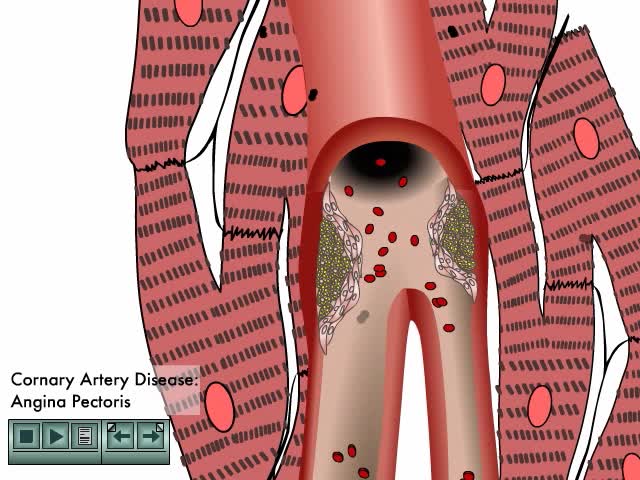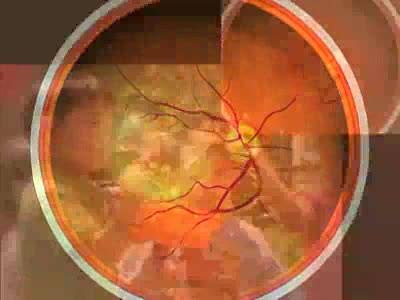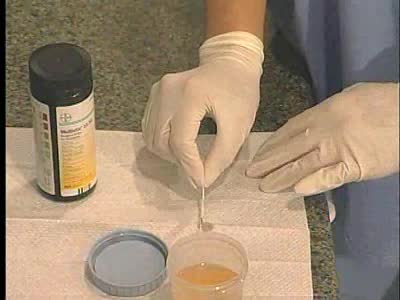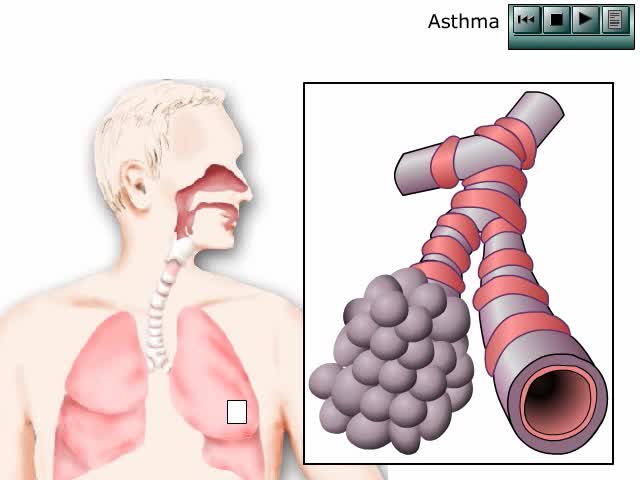Otitis Media
Otitis media is a group of inflammatory diseases of the middle ear. The two main types are acute otitis media (AOM) and otitis media with effusion (OME). AOM is an infection of rapid onset that usually presents with ear pain. In young children this may result in pulling at the ear, increased crying, and poor sleep. Decreased eating and a fever may also be present. OME is typically not associated with symptoms. Occasionally a feeling of fullness is described. It is defined as the presence of non-infectious fluid in the middle ear for more than three months. Chronic suppurative otitis media (CSOM) is middle ear inflammation of greater than two weeks that results in episodes of discharge from the ear. It may be a complication of acute otitis media. Pain is rarely present. All three may be associated with hearing loss. The hearing loss in OME, due to its chronic nature, may affect a child's ability to learn. The cause of AOM is related to childhood anatomy and immune function. Either bacteria or viruses may be involved. Risk factors include exposure to smoke, use of pacifiers, and attending daycare. It occurs more commonly among Indigenous peoples and those who have Down syndrome. OME frequently occurs following AOM and may be related to viral upper respiratory infections, irritants such as smoke, or allergies. Looking at the eardrum is important for making the correct diagnosis. Signs of AOM include bulging or a lack of movement of the tympanic membrane from a puff of air. New discharge not related to otitis externa also indicates the diagnosis. A number of measures decrease the risk of otitis media including pneumococcal and influenza vaccination, breastfeeding, and avoiding tobacco smoke. The use of pain medications for AOM is important. This may include paracetamol (acetaminophen), ibuprofen, benzocaine ear drops, or opioids. In AOM, antibiotics may speed recovery but may result in side effects. Antibiotics are often recommended in those with severe disease or under two years old. In those with less severe disease they may only be recommended in those who do not improve after two or three days. The initial antibiotic of choice is typically amoxicillin. In those with frequent infections tympanostomy tubes may decrease recurrence. In children with otitis media with effusion antibiotics may increase resolution of symptoms, but may cause diarrhoea, vomiting and skin rash. Worldwide AOM affects about 11% of people a year (about 325 to 710 million cases). Half the cases involve children less than five years of age and it is more common among males. Of those affected about 4.8% or 31 million develop chronic suppurative otitis media. Before the age of ten OME affects about 80% of children at some point. Otitis media resulted in 3,200 deaths in 2015 – down from 4,900 deaths in 1990.
Add To
You must login to add videos to your playlists.
Advertisement












Comments
0 Comments total
Sign In to post comments.
No comments have been posted for this video yet.